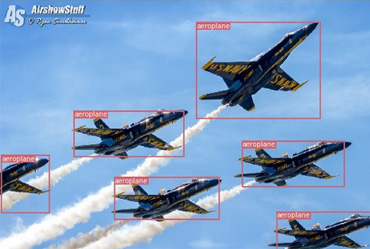
I map all these to different port numbers locally so I don’t get conflicts if I run dtcyber on my own machine while at the same time tunneling to Cyber1. 5006 is the port for dtoper 5007 is the port for dd60. The available emulation called PTERM is available Windows XP and above, Mac OSX and various Linux/Unix machines. 5005 is the port for the pterm at station 0-1 that is occasionally needed because 0-1 is a special station.

Also the requirements may be a bit to high for classic machines. Not realy, unless you got a real PLATO terminal. IRATA.ONLINE is being run as a pure labor of love, with zero commercial connection to it, there is no data gathering, no access or subscription fees, just a place to connect for retro-computers of all shapes and sizes. Cyber1 is a service runing the PLATO software under NOS on an emulated CDC. With the combination of a rich and capable delivery protocol, a built in programming environment, and the pervasive inclusion of social networking features, retro-computing users will finally have a killer app that they can connect to, because an Atari 8-bit can't log onto Facebook, a Commodore 64 can't log onto twitter, nor can an Apple II go onto Instagram. IRATA.ONLINE also hosts multiple meets on the weekends, to demonstrate the system, and talk with potential users, authors, and systems programmers (the latter hopefully to help write terminals). One is being developed for the Atari 8-bit computers, now. an ESP8266 or ESP32 microcontroller providing the TCP bridge to either RS232 or other native bus. A Raspberry Pi running tcpser and an appropriate USB to RS232 cable, or.

We also provide two source code implementations in C, and a link to a disassembly of the Atari PLATO cartridge on GitHub.Ĭurrently, retro-computers can log onto both and IRATA.ONLINE via an emulated internet modem, built from devices such as: Thus far, we have a working terminal implementation for Atari 8-bit machines, with more on the way.
PTERM CYBER1 HOW TO
If you go to the website, you'll find information about the service, how to connect, as well as a technical section that is full of information on creating terminals to use with the service. There is a PLATO installation that has been set up for retrocomputing users IRATA.ONLINE.

The Previous poster has inaccurate information.


 0 kommentar(er)
0 kommentar(er)
